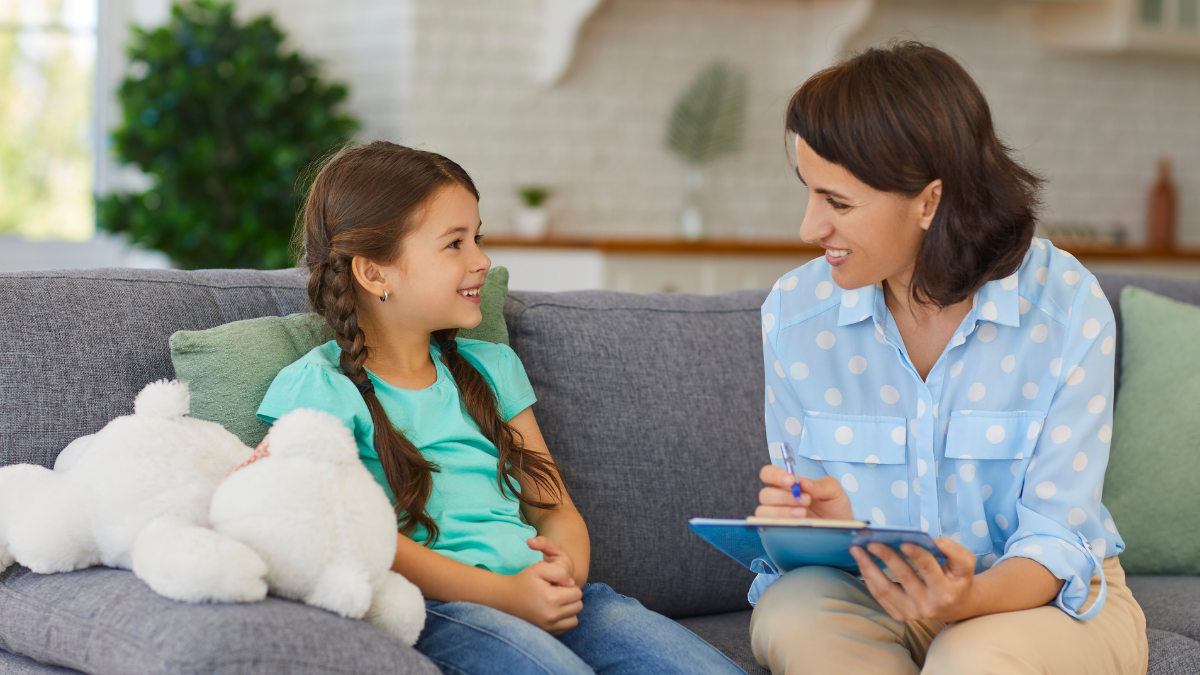Key Points:
- Generalization in ABA therapy ensures that skills learned in one setting transfer to others like home, school, or the community.
- Supporting generalization involves using strategies like varied environments, multiple instructors, and natural reinforcers.
- Parents play a critical role in promoting generalization by practicing skills consistently and working closely with the therapy team.
If your child is in ABA therapy, chances are you’ve heard the term “generalization” thrown around. It’s one of those words that sounds technical but plays a huge role in whether therapy actually makes a difference in real life. Generalization in ABA therapy refers to a child’s ability to apply what they’ve learned in therapy across different settings, people, and situations.
Learning a skill in therapy is one thing—using that skill at home, in school, or out in the community is another. Without generalization, even the most well-taught skills may stay trapped inside the therapy room.
In this article, we’ll break down what generalization really means, why it’s such a critical piece of the ABA puzzle, and what you can do to help your child make progress that sticks.
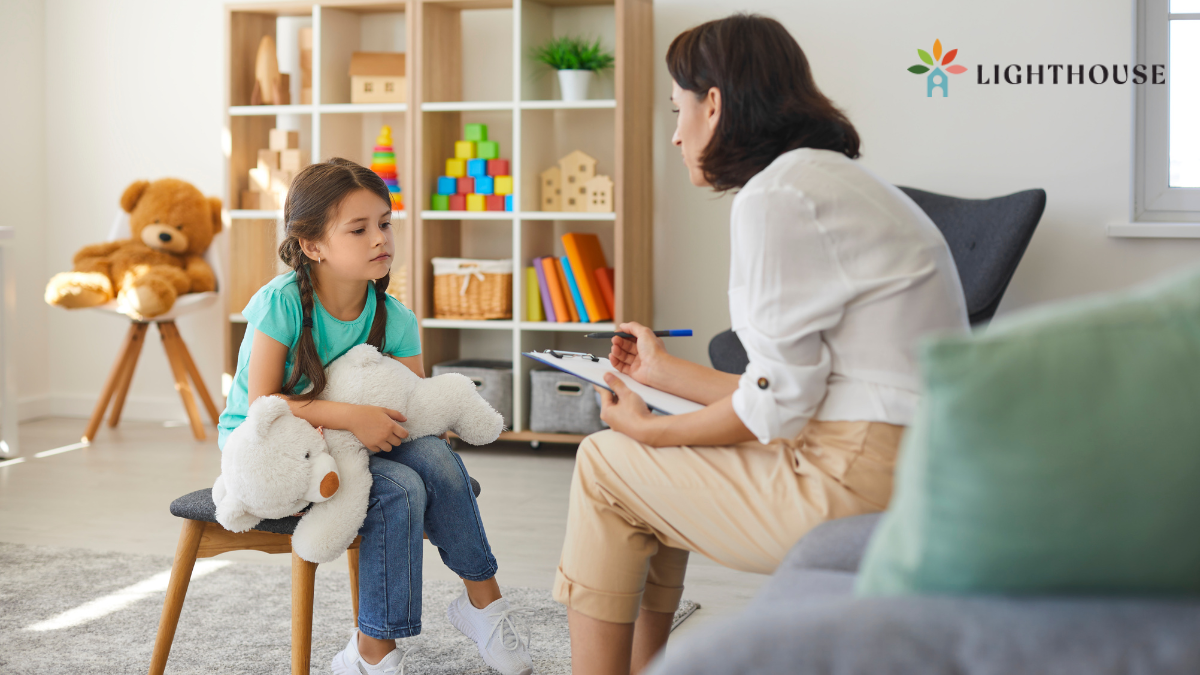 What Is Generalization, Really?
What Is Generalization, Really?
Let’s say your child learns to greet someone with “hi” during a session with their RBT (Registered Behavior Technician). That’s great. But what if they only say “hi” when that one therapist is sitting in a specific room at a specific time of day? That’s not generalization.
Generalization means the skill is flexible—it works with different people, in different places, and even in slightly different forms. It’s what turns therapy progress into real-world change.
ABA therapists often talk about three main types of generalization:
- Across people: Your child can respond to more than one person, not just the therapist.
- Across settings: The skill shows up at home, in the grocery store, at Grandma’s, and beyond.
- Across stimuli: Your child responds appropriately even when the situation looks a little different. For example, asking for juice whether it’s in a bottle, a cup, or a box.
Generalization doesn’t happen by accident. It has to be built in on purpose.
Why Generalization Is the Bridge Between Therapy and Real Life
Without generalization, ABA therapy becomes isolated. It’s like learning to drive in a parking lot but freezing up on the highway.
Imagine your child learns to request a toy using a full sentence in therapy. Now imagine that they’re at daycare and just grab toys or cry when they want something. The skill hasn’t transferred.
That transfer is what makes ABA truly meaningful. The goal isn’t just to teach a behavior—it’s to teach a behavior that sticks and works in the real world.
When generalization is planned well, your child is more likely to:
- Adapt their skills across different situations.
- Rely less on adults to prompt them.
- Feel more confident navigating their world.
In short, generalization in ABA therapy helps kids become more independent and successful in everyday life.
Common Challenges That Get in the Way of Generalization
Knowing the importance of generalization is one thing—achieving it is another. Several things can block progress when it comes to transferring skills beyond therapy.
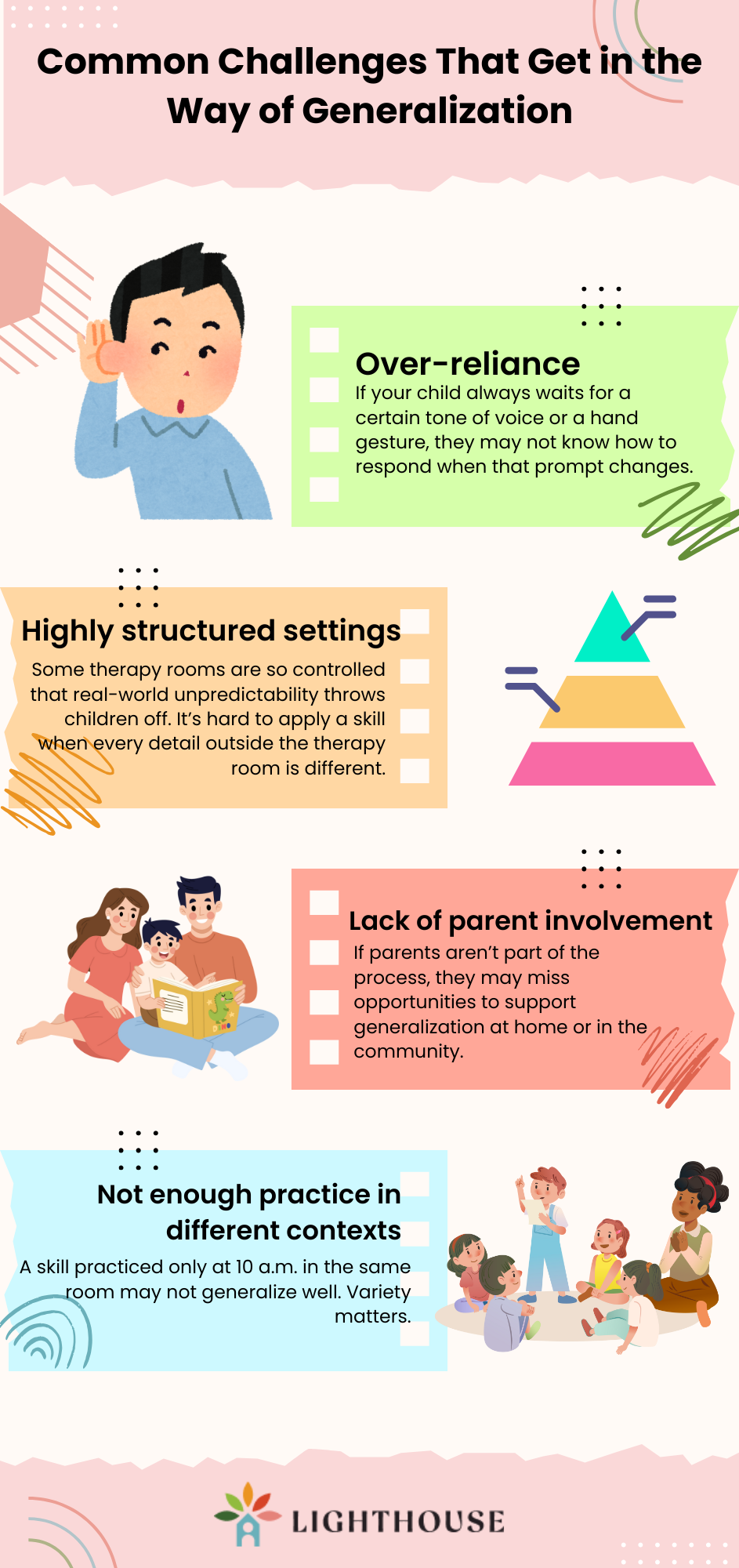
Being aware of these barriers helps everyone—therapists and parents alike—work more intentionally to create plans that support lasting success.
Strategies to Promote Generalization: What Works and Why
To help generalization happen, ABA therapy should include purposeful planning and specific strategies. Here’s how therapists—and you as a parent—can help those skills cross over into the real world.
1. Use Multiple Examples and Environments
Introduce skills in different settings with different people and materials. If the skill is labeling “dog,” show pictures of different breeds, visit a pet store, or watch dog videos.
Changing the setting or context reduces the chance your child will only perform the skill under one narrow condition.
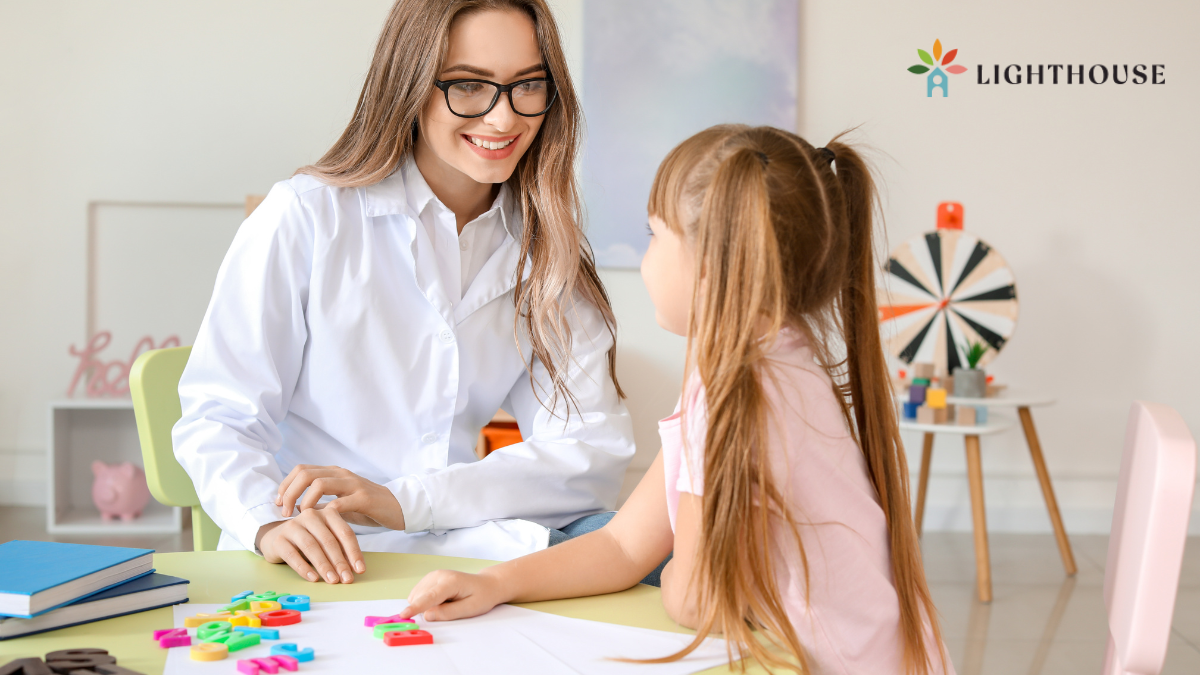 2. Switch Up the Instructors
2. Switch Up the Instructors
Make sure your child isn’t only responding to one therapist. A skill is stronger when the child can show it to mom, dad, siblings, teachers, or neighbors.
Even rotating between therapists during sessions can help reinforce flexibility.
3. Fade Prompts Thoughtfully
When teaching a new skill, prompts are helpful. But over time, they should fade so your child isn’t dependent on them.
Prompt fading must be planned so that independence builds naturally without frustration or confusion.
4. Practice in the Natural Environment
This is called Natural Environment Teaching (NET). It means embedding teaching moments into everyday life—like asking your child to identify colors while getting dressed, or practicing waiting while in line at the store.
This gives the skill staying power beyond therapy.
5. Reinforce Spontaneous Use
If your child uses a skill without being prompted, celebrate it. Offer praise, attention, or a favorite reward. Spontaneous responses are one of the clearest signs that generalization is taking place.
What Parents Can Do to Support Generalization at Home
Generalization doesn’t only happen in the clinic. In fact, one of the biggest predictors of success is how involved caregivers are outside of sessions.
Here are some practical ways parents can help make generalization a reality:
1. Learn the Target Skills
Ask your child’s BCBA for a copy of the goals and current skills being worked on. Understanding what your child is learning allows you to reinforce it consistently in your own way.
For example, if they’re working on requesting using full sentences, model that at mealtimes or when playing together.
2. Mix Practice Into Everyday Activities
You don’t need flashcards or a whiteboard. The best generalization often happens in the middle of everyday life.
Some examples:
- Getting dressed: Practice following directions (“Put on your socks first, then your shoes”).
- At the store: Have your child request items or greet the cashier.
- Mealtime: Work on waiting, requesting, or labeling food.
Make it casual but consistent.
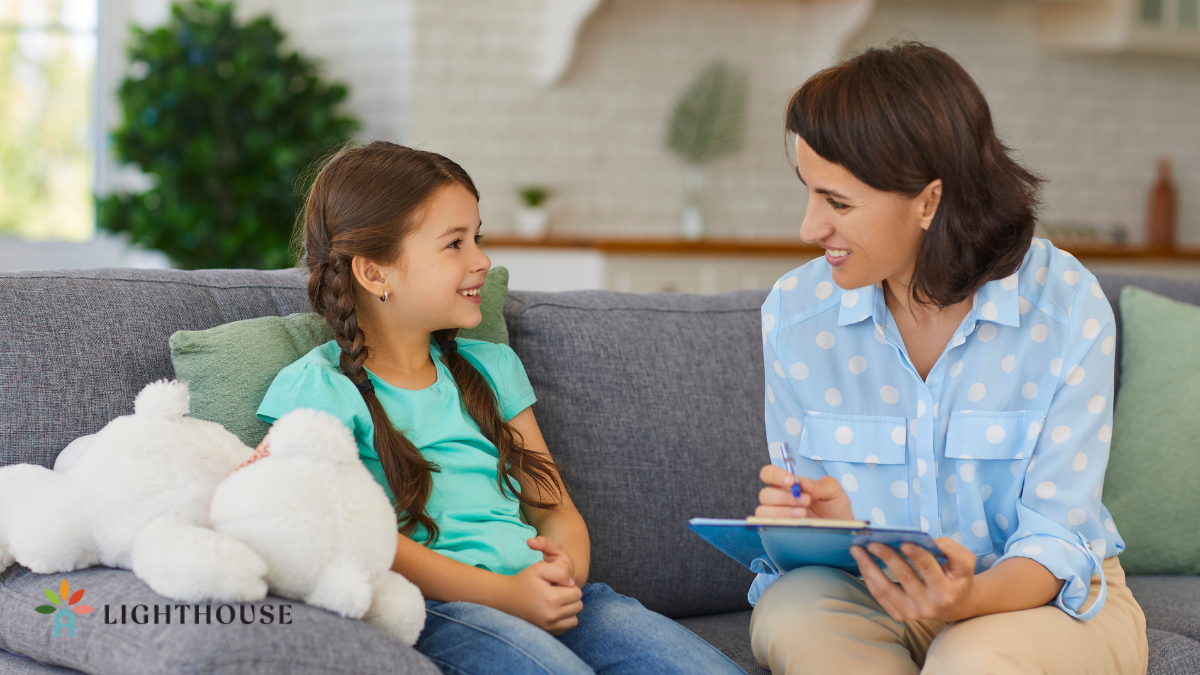 3. Be a Consistent Communication Partner
3. Be a Consistent Communication Partner
Respond to your child’s communication attempts, even if they’re imperfect. Reinforce the effort, and gently model the next step up.
If they say “cup,” you can respond with “You want your blue cup? Here it is!” You’re teaching by example.
4. Collaborate with the ABA Team
Don’t be afraid to ask questions or give feedback. If you notice your child isn’t using a skill at home that they’re supposedly mastered in therapy, speak up. That may be a sign that generalization hasn’t truly occurred.
The more the therapy team knows, the better they can plan for lasting success.
Examples of Generalization in Action
It can be helpful to look at real-world examples to understand what successful generalization looks like. Here are a few scenarios:
- Skill: Initiating play
Therapy setting: The child learns to say “Can I play?” during pretend play with a therapist.
Generalized use: The child independently asks a classmate to play during recess at school. - Skill: Expressing needs
Therapy setting: The child learns to say “I need help” during a structured block activity.
Generalized use: At home, the child asks for help when struggling to open a snack wrapper. - Skill: Following instructions
Therapy setting: The child follows two-step instructions like “Pick up the ball and put it in the bin.”
Generalized use: The child follows a similar direction during clean-up time at daycare, even with different toys and a different adult.
These moments show the impact of therapy reaching beyond the clinic—and that’s the whole goal.
Summary: Generalization Is the Heart of Meaningful Progress
Generalization in ABA therapy is more than a clinical term—it’s what makes learning real. It’s the difference between a child performing a skill in a session and using it naturally out in the world, where it truly counts.
Whether it’s speaking up, making friends, or handling daily routines, the power of ABA comes from building skills that last and travel. For generalization to take root, it needs to be part of the plan from the start—and supported every step of the way.
Parents, therapists, and caregivers each play a role. With collaboration and consistency, those hard-earned skills can grow far beyond the therapy room.
Ready to Help Your Child Grow Beyond the Therapy Room?
At Lighthouse ABA, we understand how critical generalization is to your child’s success. That’s why our programs are designed to build skills that work not just in therapy—but at home, in school, and everywhere in between.
Our team of dedicated ABA therapists in NYC and NC is here to guide your child toward meaningful, lasting growth through individualized ABA therapy.
Let’s help your child turn progress into real-life confidence. Reach out today to learn more about how Lighthouse ABA can support your family.

